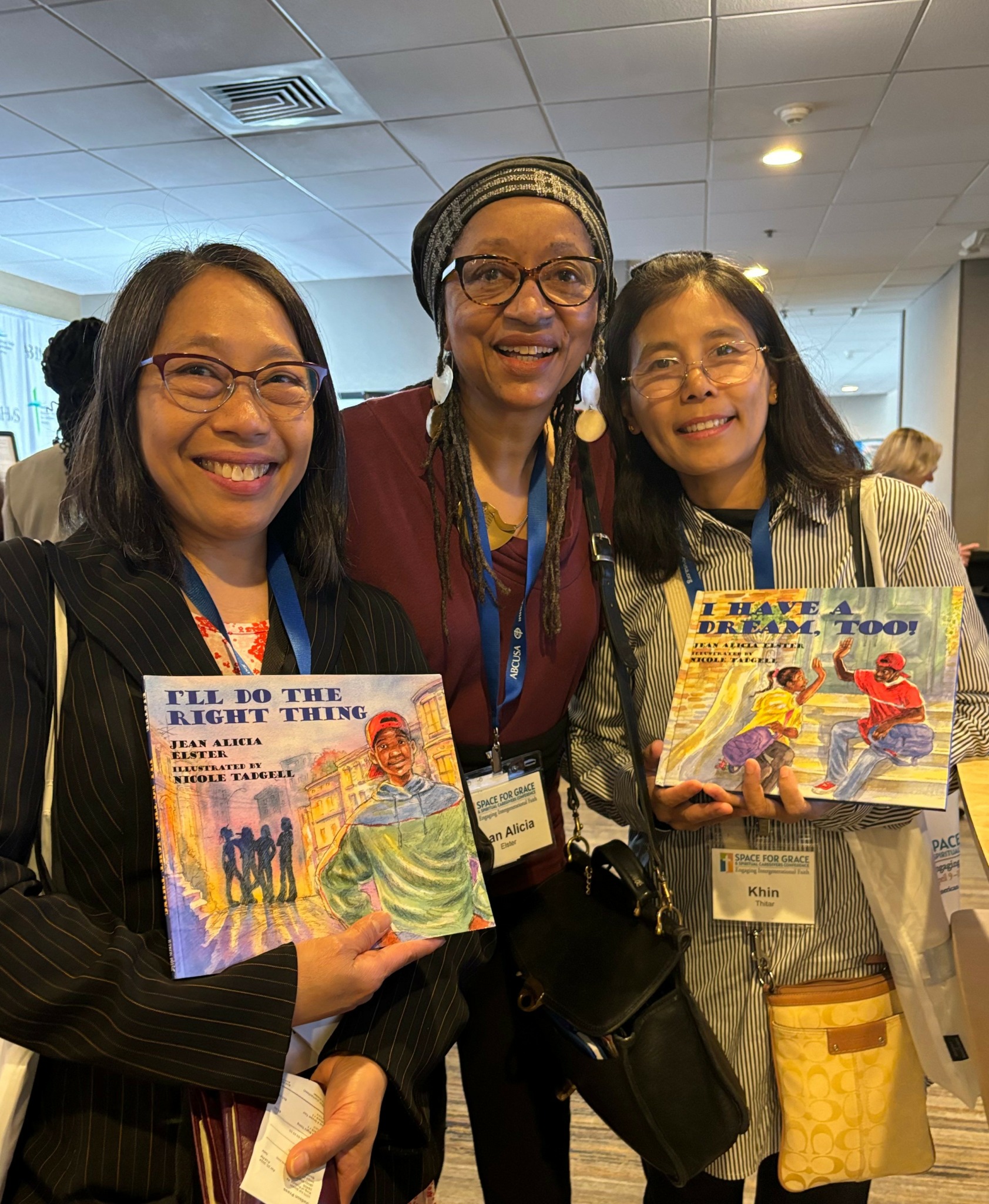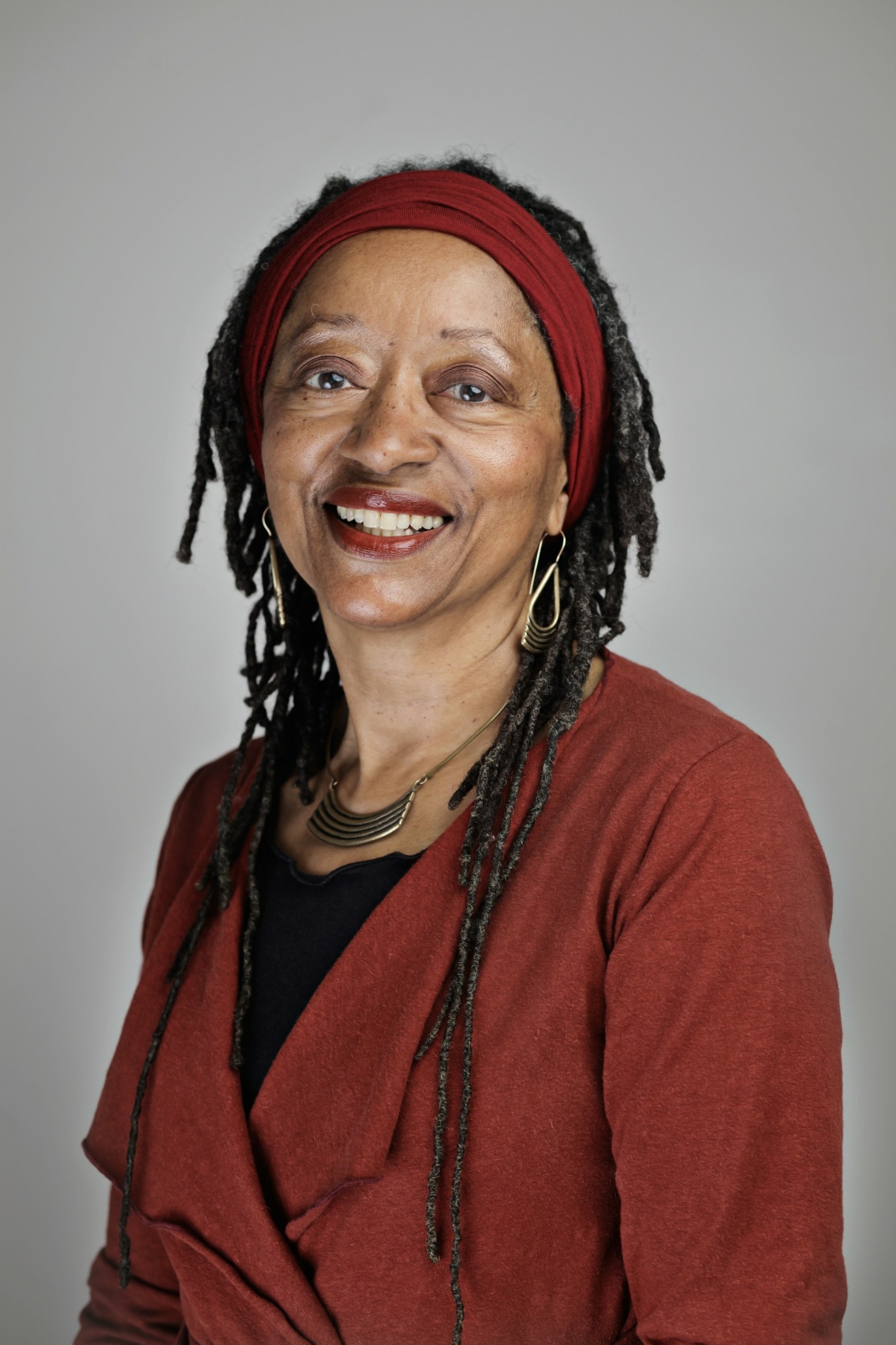Alright – so today we’ve got the honor of introducing you to Jean Alicia Elster. We think you’ll enjoy our conversation, we’ve shared it below.
Jean Alicia, appreciate you joining us today. We’d love to hear about when you first realized that you wanted to pursue a creative path professionally.
Before becoming a professional writer and published author, I practiced law for several years. My goal was to use my legal career to support my work as a writer/author. When I was in law school, I read the memoir, ON LYNCHINGS by Ida B. Wells-Barnett. Ms. Wells-Barnett was an African American anti-lynching crusader and feminist in the early 20th century. In fact, her contributions to American society were recognized by the United States Treasury when a quarter bearing her image was recently released into circulation. Now in this memoir, she described her business in Memphis, Tennessee where she published a newspaper. In one issue of that paper, she wrote an editorial addressing a lynching of a black man that had recently occurred. In the editorial, she said, in essence, that white citizens were lynching black men for supposedly having illicit sexual relationships with white women. But she said that if such relations did actually occur, they were not rape because these white women were inviting the black men into the sexual relationships. After that issue of the newspaper was released, Ms. Wells-Barnett went to New York City to visit friends. While there, she was informed that her offices had been ransacked and her printing equipment, destroyed. She was advised not to return to Memphis because she risked being killed. With that news, she bemoaned the fact that her livelihood had been taken away from her. And reading that phrase, about her livelihood, made an impression upon me because here was a black woman, a writer, who made a living from her writing. And she continued to write and give speeches and earn a living from her writing. That was a huge source of encouragement to me, and she became my role model as someone who could not only earn a living as a writer but who could also have an impact upon society as a writer.
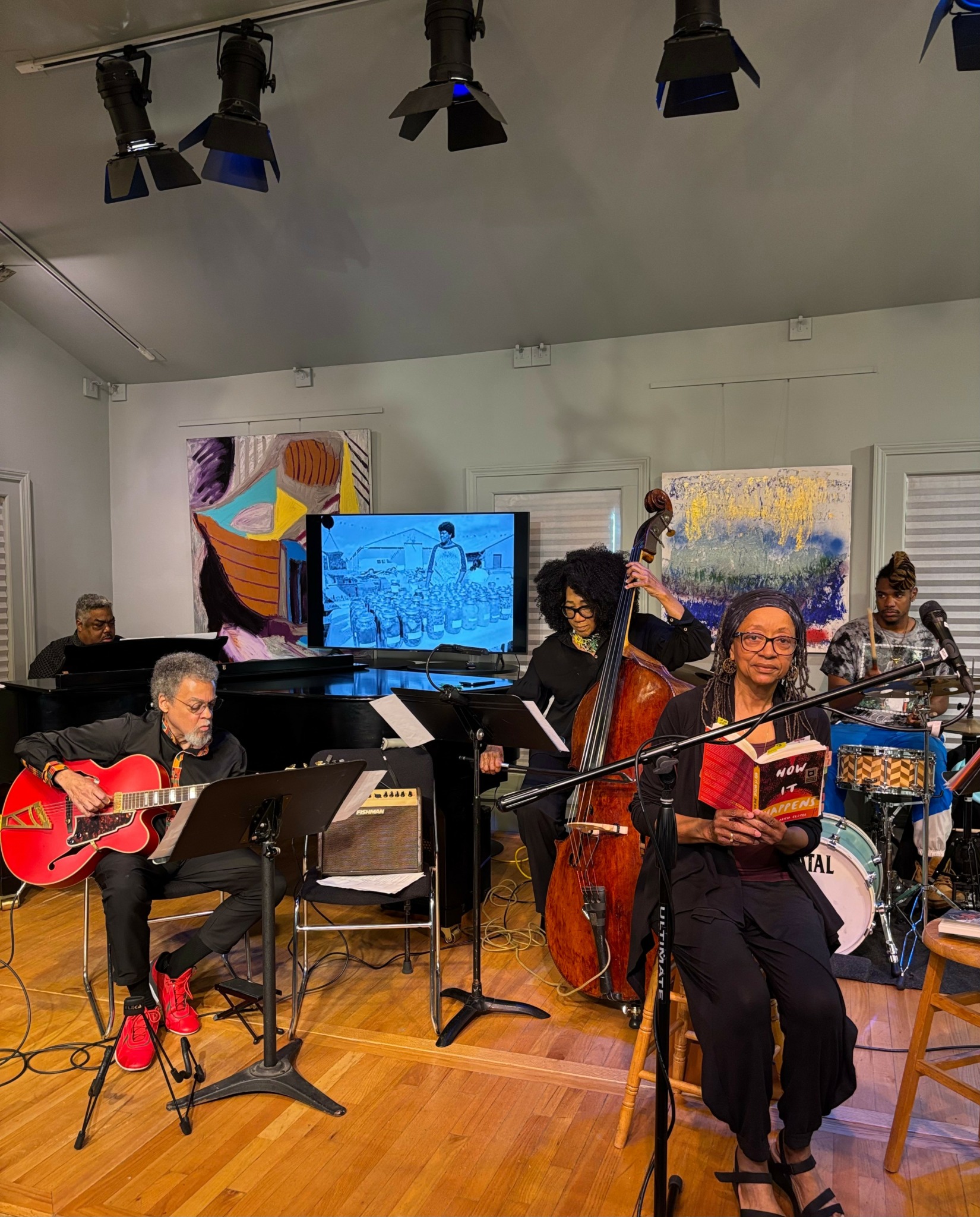

Awesome – so before we get into the rest of our questions, can you briefly introduce yourself to our readers.
I write books for youth and young adults. And quite honestly, it was never my goal to write for that age range. However, I started writing professionally after I got married and had children, and I wanted to work from home. So, I fell back on my Bachelor of Arts in English degree from the University of Michigan (Ann Arbor). I began writing essays for magazines such as Ms., World Vision, Christian Science Sentinel, and Black Child. I also connected with an entertainment lawyer here in Detroit (my hometown) and served as a ghost writer and editor for some of his clients. I was introduced to the field of youth lit when I contracted to write juvenile passages for a national testing service. In creating those passages, I was given a list of topics that I could not cover, and it was basically anything that would make the student feel bad/sad/uneasy while taking the test and thereby unable to perform to the best of their ability. It was while writing those test passages, with those constraints, that I developed what would become my motto in writing for youth: Do No Harm. Because while I do not “dumb down” my work, and I strive to give my readers a challenging literary experience (and I think that’s why I have so many adult readers of my middle grade/young adult books), after finishing the book I want each reader to emerge a better person and more equipped to handle challenges that they will inevitably encounter in a positive, life-affirming way.
In my “Joe Joe in the City” series–and I’m thrilled to share that 2026 marks the 25th anniversary of the release of volume one in the series, JUST CALL ME JOE JOE–a ten-year-old African American boy, Joe Joe, learns life lessons in each volume when he reads about heroes in African American history: volume one, the Negro Baseball Leagues; volume two, Mary McLeod Bethune; volume three, the Tuskegee Airmen; and volume four, Ralph Bunche.
My middle grade/young adult books are created as historical fiction and are based upon my maternal family’s history. They explore how these family members confront and seek to overcome the effects of racism –and other societal obstacles—upon their lives and well-being.
Book one, WHO’S JIM HINES?, is a coming-of-age middle grade novel about a twelve-year-old African American boy—Douglas Ford, Jr.—growing up in Detroit in 1935. Doug’s father owns the Douglas Ford Wood Company and as Doug helps his father in the business, he unravels the mystery of a man named Jim Hines whom he always hears about but has never seen. In discovering Hines’s identity, Doug also learns much about the realities of racism in Depression-era Detroit. It was selected as a Michigan Notable Book by the Library of Michigan.
The second middle grade novel, THE COLORED CAR, follows another member of the Ford family who is coming of age in Depression-era Detroit. In the summer of 1937, both during and after a train trip south with her mother and sisters to Clarksville, Tennessee, twelve-year-old Patsy discovers some life-changing truths about her world both in her hometown of Detroit and in America below the Mason-Dixon line. It was also selected as a Michigan Notable Book and received the Midwest Book Award in Children’s Fiction (Gold Winner).
How It Happens, the third book in the trilogy and a young adult novel, is both a prequel and a sequel to the first two books. It is an intergenerational story of three African-American women that begins in the turbulent post-Reconstruction period and ends in the post-World II industrialized North. The book explores the defining periods and challenges—race relations, miscegenation, sexual assault, and class divisions—in the family’s history as these three women struggle to stake their claim to the American dream. It was honored as a Foreword INDIES Silver Winner for Young Adult Fiction and as a Midwest Book Award Silver Winner in Young Adult Fiction. It was also awarded the Bronze Medal in Young Adult Fiction by the Independent Publisher Book Awards and was selected as a Black History Month Community Read by the Sterling Heights (Michigan) Public Library.
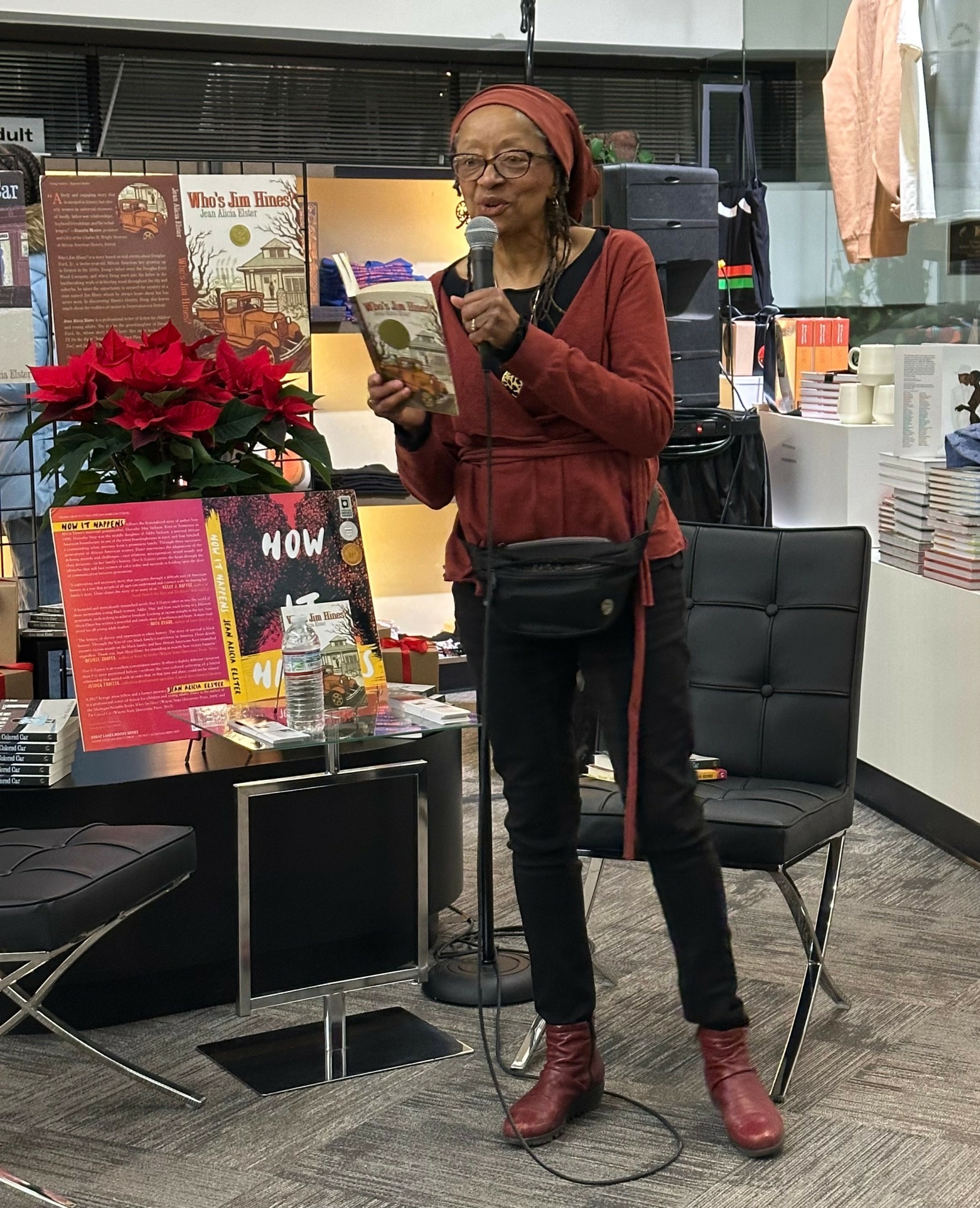
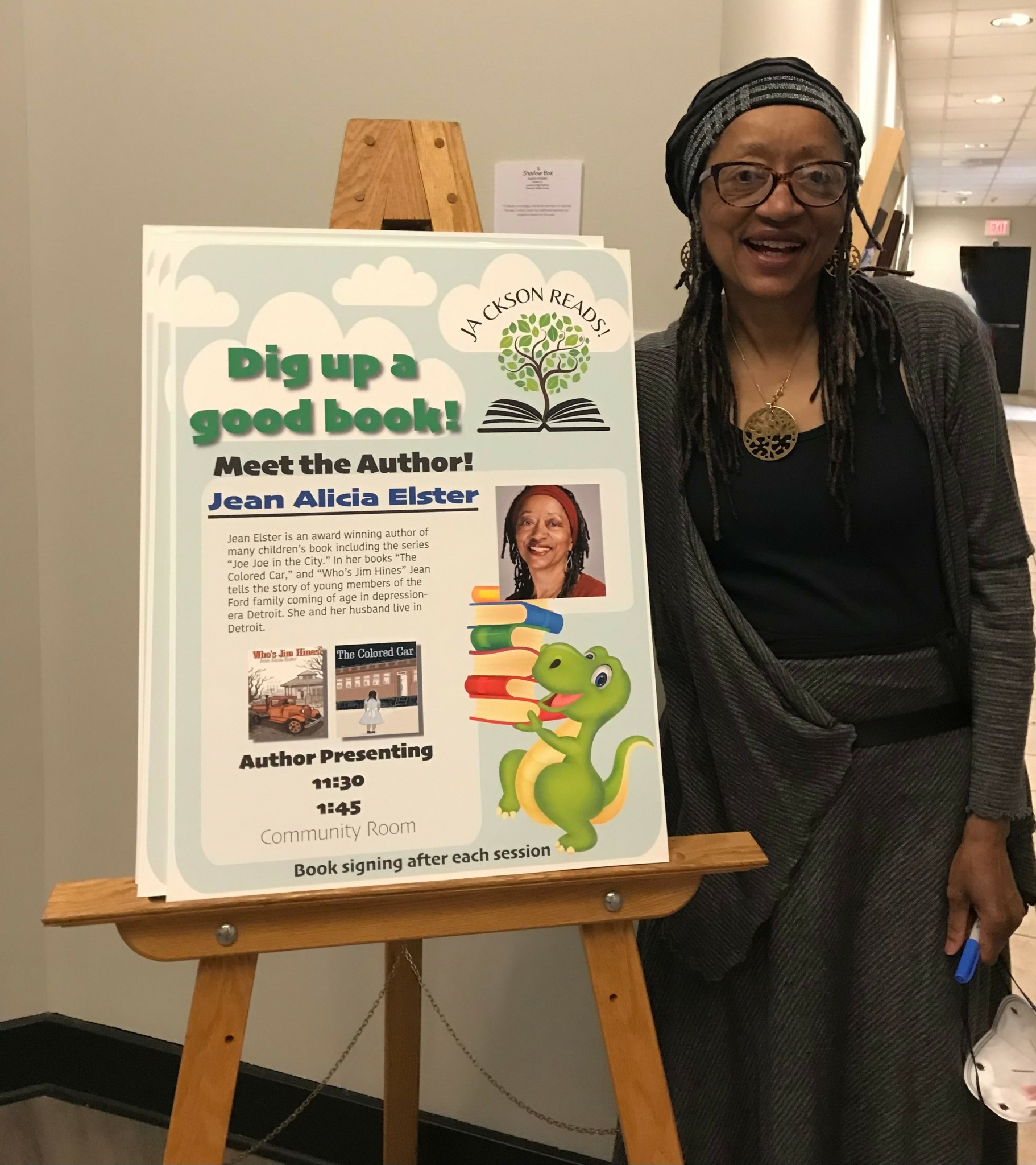
Is there mission driving your creative journey?
Authenticity is the driving force behind all of the historical fiction that I create. I want readers to have a deeper understanding of the American experience as lived by previous generations. And to achieve that authenticity, oral histories provide the core of my narratives. These are oral histories that I heard from family members during my childhood as well as stories gleaned from probing interviews of these same elders during my adult years. In addition, my late-husband, who was a historian, led me on journeys to genealogical libraries/archives and family homestead sites across the United States, particularly in the southern states. During current times, when certain political and social entities seek to re-write and even erase various aspects of American history, I feel an even greater urgency to keep creating historical fiction books for youth and young adults, knowing that history, when presented authentically through fiction, can have an even more powerful impact than when it is presented in a history book.
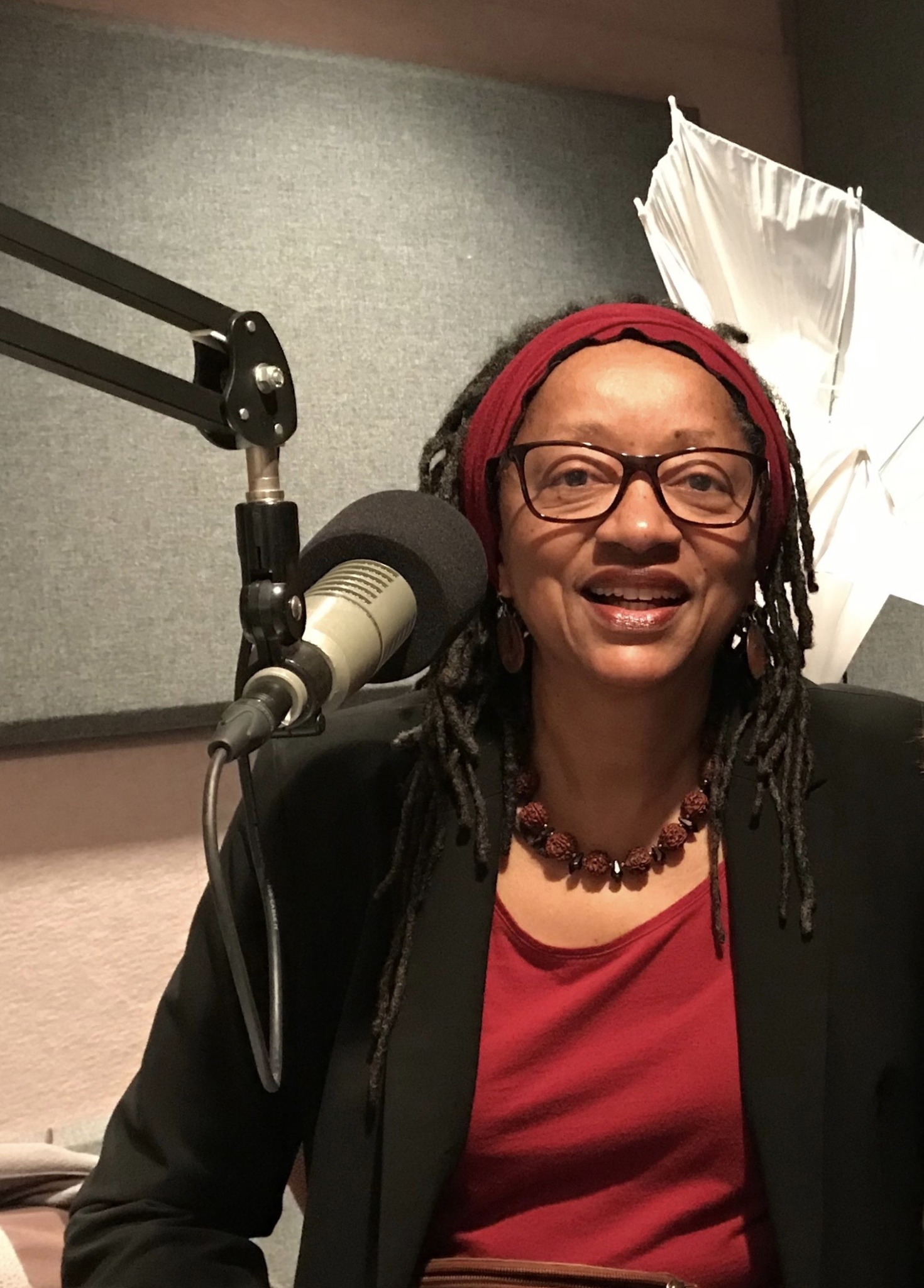
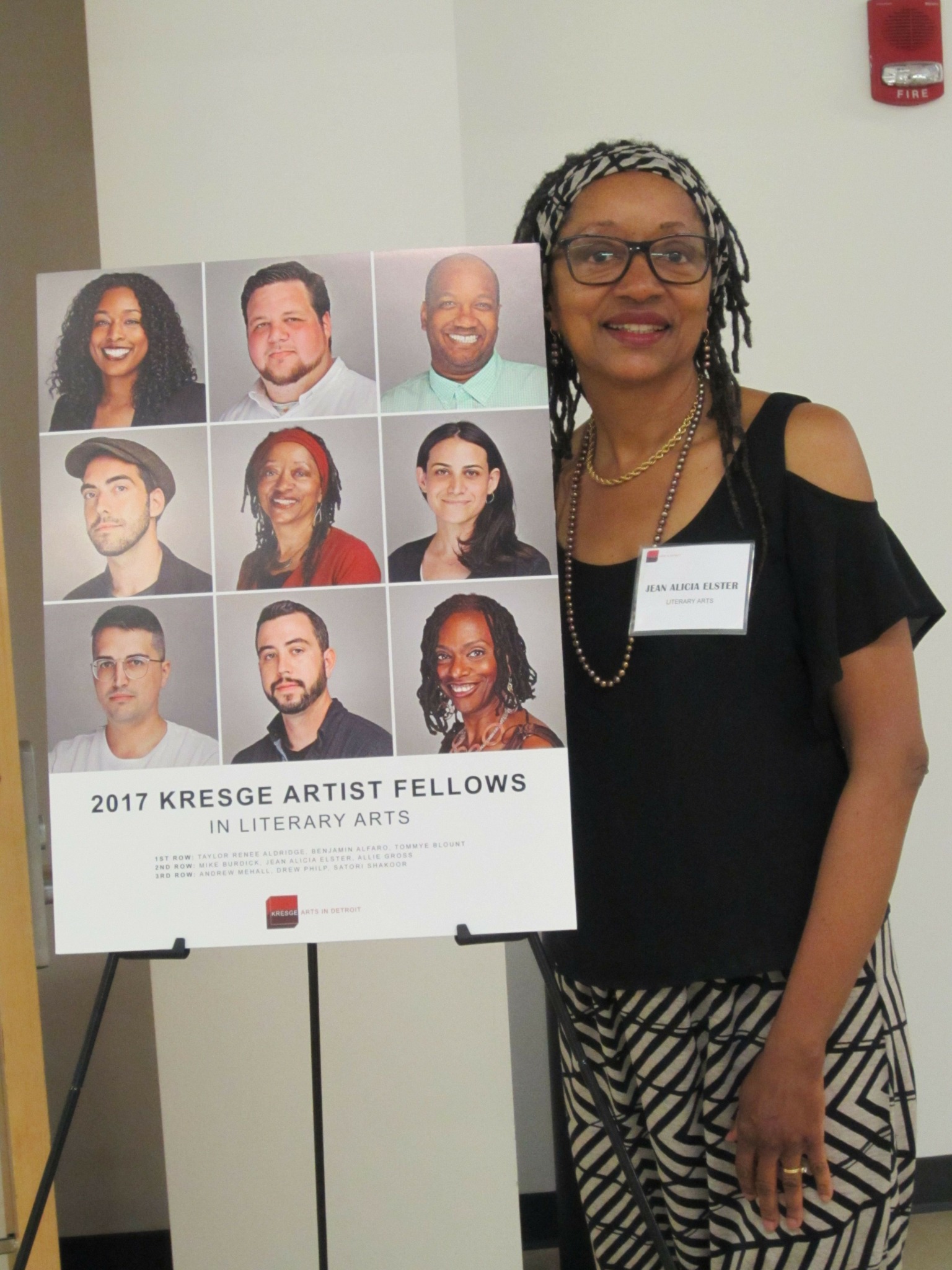
Is there something you think non-creatives will struggle to understand about your journey as a creative?
Creative writing is a very solitary endeavor. And some observers may wonder how a writer can then be open to presenting their work to the public through public readings, book signing events and other such activities. However, my muse is fed and energized when I connect with readers and other interested parties. The back and forth during Q & A sessions, which I save time for after every public appearance, helps me to understand how my books are being received and if my goals as a writer are being met. One of my more unusual public experiences has been as a narrator during performances of my cousin’s jazz ensemble. It is thrilling to read portions of my historical fiction trilogy while accompanied by some of most renowned jazz musicians currently performing. And equally thrilling is experiencing the special rapport with the audience that comes from taking part in this unusual collaborative performance that combines jazz music with the written word.
Contact Info:
- Website: https://jeanaliciaelster.com
- Instagram: @jeanaliciaelster
- Facebook: Jean Alicia Elster Books
- Other: Pinterest– @jelsterwrites

